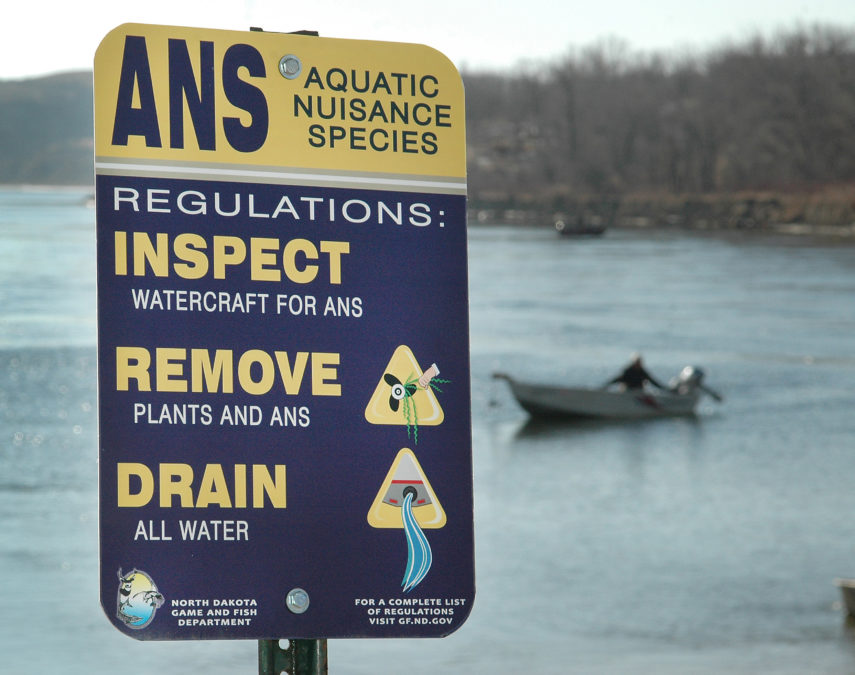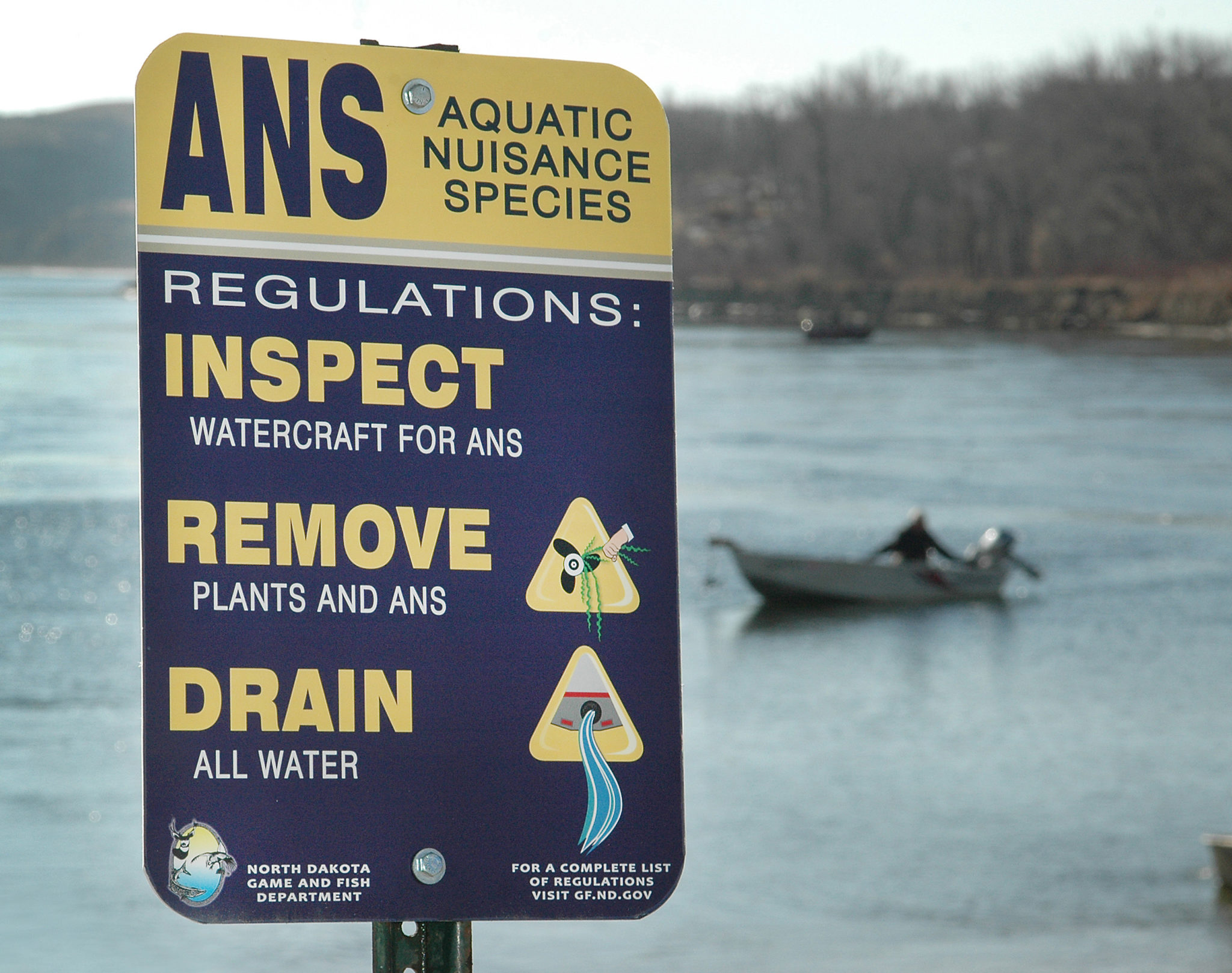To the delight of many anglers, spring fishing this year got an early start, and few seasoned residents of North Dakota will ever lament a shorter winter. From the Red River and Devils Lake to the Yellowstone, there was no shortage of open water.
And, with lower fuel and transportation costs than in years past, it’s no wonder anglers were hitting the dusty trail to get in the first casts. Traveling isn’t much of an obstacle when it comes to a good day of walleye fishing, and if that can happen on a warm sunny day in April, so much the better.
Pretty much everyone who travels to fish has some sort checklist, from making sure you have your new fishing license in hand or stored on your mobile device, to having the rods and tackle box in the vehicle, to knowing for sure that the boat is tied down and the trailer bearings are in good shape.
Obviously, those are important actually throughout the years when it comes to regular fishing and boating lists.
Another important checklist involves the aquatic nuisance species requirements that are in place to reduce the potential for spreading invasive species such as zebra mussels, Eurasian water milfoil or who knows what else from one water body to the next.
It’s pretty safe to say that anglers who love their fish want to do the right thing. The spread of zebra mussels, for example, is a serious threat to all waterways, and anglers want to preserve the health of their favorite fishing spots for the next generation.
But wanting and doing are not always the same thing, which is why rules and regulations in place. Even with those laws that have come on the books in North Dakota over the past six years or so, unintentional transport is still a possibility, but the following regulations significantly reduce the potential:
- All aquatic vegetation must be removed from boats, personal watercraft, trailers and fishing and hunting equipment such as fishing poles, bait buckets, lures, duck decoys and waders before leaving a body of water. That means “vegetation free” when transporting watercraft and/or equipment away from a boat ramp, landing area or shoreline.
- All water must be drained from boats and other watercraft, including bilges, livewells, baitwells and motors before leaving a water body.
- Live aquatic bait or aquatic vegetation may not be transported into North Dakota.
- All water must be drained from watercraft before entering the state.
These are the rules and regulations specific to North Dakota, but the North Dakota Game and Fish Department also has some added suggestions for boaters, anglers and anyone spending time in and on our waters.
- Power-wash the exterior and interior of the boat and trailer at a commercial carwash to remove small plant fragments and any items clinging to the hull.
- Disinfect boat, livewell and baitwell, the bilge, confined spaces and other equipment, wash the equipment with water that is hotter than 120 degrees F, or air-dry boat and trailer for several days.
Fisheries managers, enforcement officers, and anglers realize that unintentional transport still can take place from lake to lake within the state or coming in from other states, but we all need to do our part.
North Dakota does have some aquatic nuisance species problems, but for the most part, the state is not overrun with new infestations. We’d like to keep it that way.




